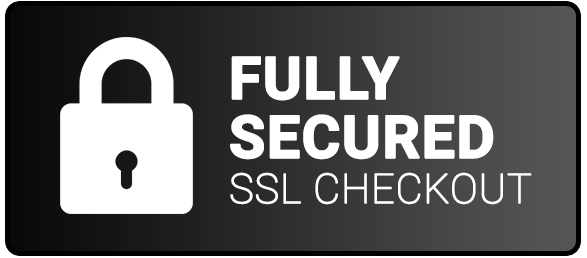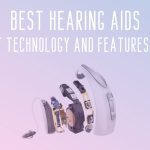Like other high-tech devices, in the past decade and particularly in the last few years, hearing aids have undergone a major technological revolution.
Today’s most advanced hearing aids are built to monitor body and brain health, remove feedback, make it easier and more convenient to listen in noisy environments, and stream stereo sound directly to the hearing aid itself.
Many hearing aid manufacturers extol the many benefits of their hearing aids, but how well do they really work? A test box is a box in which you can verify how well some of these features perform.
You may have heard about Real Ear Measures, which guarantees that the hearing aid settings
are adjusted for the shape and size of your ear. Verification or measurement of hearing aids is the gold standard in hearing healthcare. Another form of real ear measures is test box measures. According to Revit and Valente, the information available from test box measures far exceeds that of pure tone tests or even real ear tests. [1]
The test box is another testing tool that provides information about the hearing aid performance. They do not require the presence of the patient and should be done prior to a hearing aid fitting. Using a test box verifies that the hearing aid work features as defined. It indicates the gold standard of care and we consider it an essential step before you are fit with your hearing aids. This way, we make sure the hearing aids perform as they should, so you get only the best hearing aid experience.
Effectiveness of your hearing aid’s noise reduction feature
To verify the efficacy of your hearing aid’s noise reduction feature, the test box uses a vacuum cleaner noise test. It performs this by monitoring the response of the hearing aid’s output when the vacuum noise is present. The noise’s output should decrease in amplitude as the hearing aid detects it. The hearing aid then tries to minimize the noise being presented. This is the only known way of measuring the effectiveness of noise reduction objectively.
How much battery is being used, based on how the hearing aid is being used
Our test boxes offer a handy function that graphically demonstrates under three entirely different user conditions the current being drawn from the battery: quiet (quiescence), conversational speech level (65 dB), and very loud (90 dB). This helps you determine whether the hearing aid will use more of the battery than usual, which can help you make better choices to conserve battery life. For instance, if the hearing aid uses the most battery within very loud environments, you may choose to switch off this setting for all other environments.
Whether there is distortion occurring with the current programming settings
Even with the best hearing aid programming, you may find that your hearing aid does not perform as it pertains to speech comprehension. This might be due to distortion, and test boxes contain a feature that calculates the total harmonic distortion (THD) and graphically displays the results.
Whether the directional microphones are performing as they should
Some hearing instruments have directional microphones that are far more powerful than others. A test box confirms this by simulating speech from the front and sound from the rear and measuring the output. We can find a better speech-to-noise ratio if the two good curves go in opposite directions.
Test box verifications can be carried out remotely
The use of test boxes helps our audiologists perform verification without the user present. This means they can perform verification as part of their telehealth services during this pandemic.
Using a test box verifies that the hearing aid features work as defined and tests how each function works. It indicates an elevated standard of care you won’t find with all hearing professionals, and we consider it an essential step before we issue hearing aids to our Remote TeleAudiology patients. This way, we make sure the hearing aids perform as advertised, so you get only the best hearing aid experience.
If you are interested in having your hearing aids tested, contact us today!
[1] Revit, Lawrence J. and Michael Valente. Strategies for Selecting and Verifying Hearing Aid Fittings. Thieme Medical Publishers, 1994





